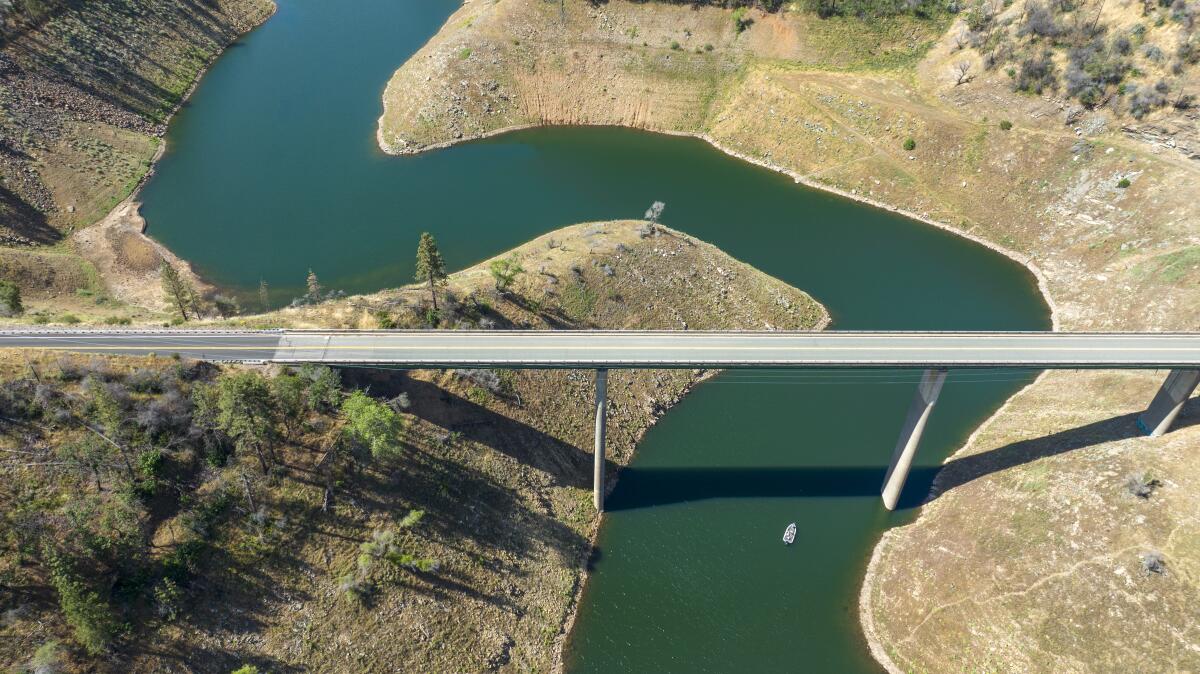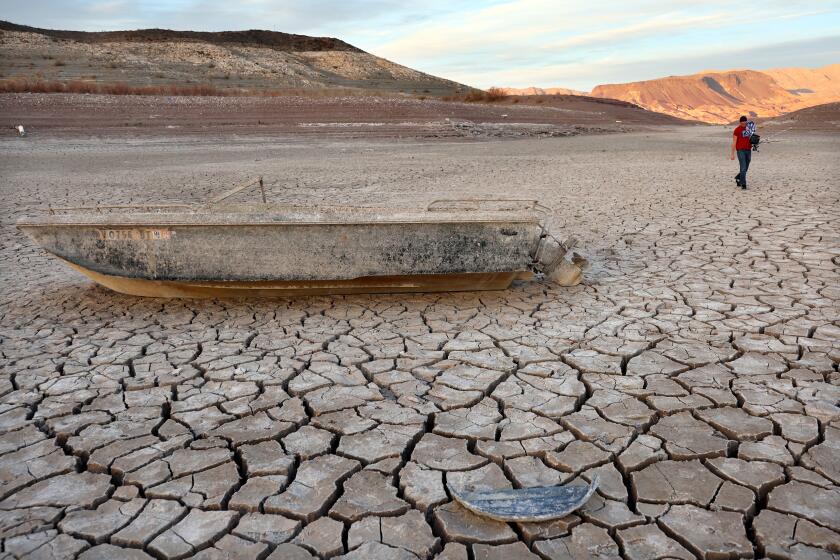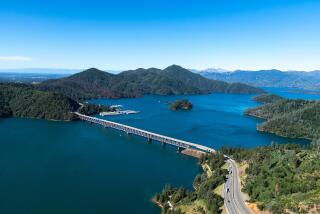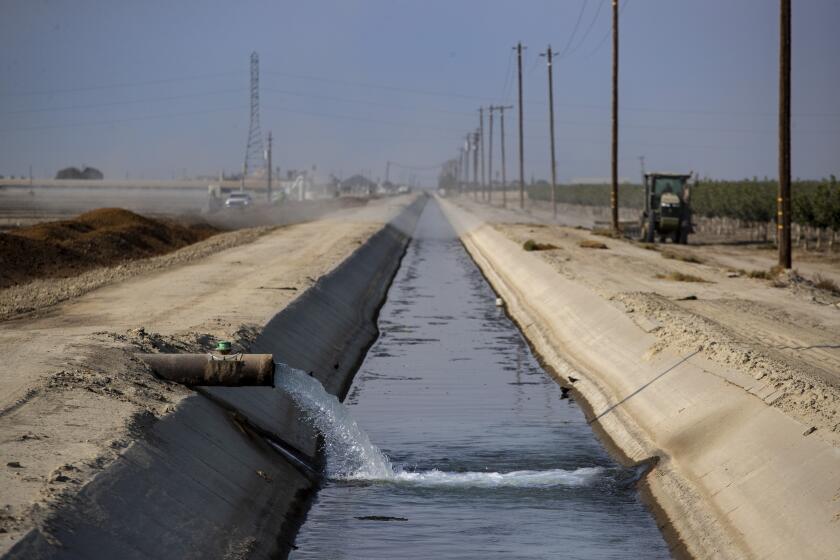A major California reservoir has hit its peak for the year at just over half full

Lake Oroville, the largest reservoir in a state system that provides water to 27 million Californians, has already reached its peak level for the year, barely surpassing half of its capacity, according to the Department of Water Resources.
Officials had warned the lake — key to the roughly 700-mile State Water Project, which pumps and ferries water across the state for agricultural, business and residential use — was at “critically low” levels on May 8.
Those levels, data from the Department of Water Resources now show, were the reservoir’s highest for the year.
On May 8, Lake Oroville crested at 1.94 million acre-feet. As of Monday, it had dropped to 1.81 million acre-feet, the data show. The reservoir can hold 3.54 million acre-feet of water, almost double its current level.
The federal government is telling seven states to make plans for drastically cutting water use along the Colorado River within two months.
State water officials said the lake was at 51% of capacity and 66% of its historical average for this point in the year.
Though well below historical levels, the reservoir has improved over last year, when drought forced the hydroelectric power plant that relies on Lake Oroville’s water supply to shut down. This year’s peak water level was about 400,000 acre-feet above 2021’s highest point, Department of Water Resources data show.
Until 2021, water levels for the lake north of Sacramento had peaked at 2.5 million acre-feet or more each year since 2015 — about 600,000 acre-feet above this year’s high.
The Department of Water Resources’ forecasts Lake Oroville’s water level to continue falling through the end of the year, but the agency said it does not expect the hydroelectric power plant will need to shut down.
While some of the promises made during the previous drought have been kept, conservation efforts are slipping as well-drilling threatens groundwater.
Despite California’s below-average precipitation this year, the department said Lake Oroville benefited from last October’s “record-setting atmospheric river,” or belts of Pacific rain, increasing its water supply.
Snowfall in December also helped boost the reservoir, the department said, but the driest January, February and March of this century left Oroville with “below average storage for the season.”
“DWR is taking actions to conserve as much water as possible within Oroville reservoir,” the agency said, both to help ensure salmon migration isn’t interrupted and to prepare for the possibility of a more severe drought next year.
More to Read
Sign up for Essential California
The most important California stories and recommendations in your inbox every morning.
You may occasionally receive promotional content from the Los Angeles Times.













